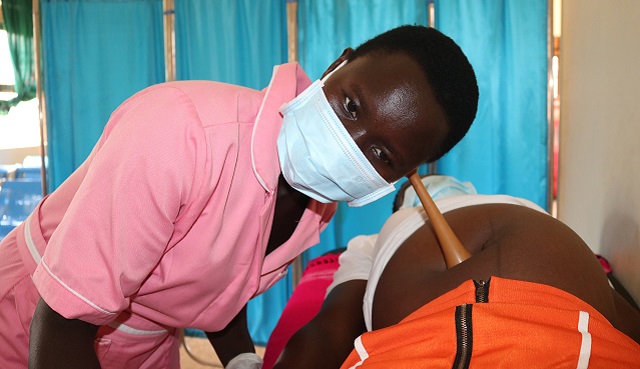
STIILBIRTHS: The tragedy we can defeat
COMMENT | JUDITH HOPE KICOCO | The World Health Organization (WHO) defines a stillbirth as any baby who dies after 28 weeks of pregnancy, but before or during birth. A baby can die before they are born, during the process of birth or even immediately after they have been born.
It is heartbreaking to know that one baby dies every 16 seconds- this translates into 2 million stillbirths globally every year according to WHO.
A research report from Uganda in 2021, confirms that the stillbirth rate is reported at 17.8 per 1,000 births. Uganda aims to reduce this rate to less than 12 per 1,000 women by 2030 as per the international target.
It is sad to know that majority of these deaths could have been prevented if quality and respectful care was provided to all women during pregnancy and childbirth.
Suffering a stillbirth is heartbreaking and always predisposes the victimized women to ceaseless undesirable effects. Beyond the devastating loss of life, the psychological and financial costs for women, families and societies are severe and long lasting.
It is unfortunate that about 50% of stillbirths do not have an exact underlying cause and happen in otherwise healthy pregnancies. However, we know of some factors which have been associated with an increased risk and they include hereditary abnormalities, placental problems, complications during pregnancy, existing conditions before pregnancy such as high blood pressure, infections and etc.
In most cases, stillbirths cannot be prevented but expectant women can greatly reduce the risk of them happening by practicing the following:
- Attending all scheduled ANC visits: Attending all scheduled appointments will enable the midwife or any other caregiver to carry out relevant tests and measurements at specific time points that can help identify potential problems and act accordingly.
- Sleeping on your side: Research suggests that going to sleep on your back after 28 weeks of pregnancy doubles the risk of stillbirth. It is safe to fall asleep either on your left or right side.
- Quit cigarettes, alcohol, and illicit drugs. Stopping these at any time in pregnancy will help, though the sooner the better. The safest way to ensure your baby is not damaged by such is to quit as soon as you plan to get pregnant.
- Eating healthy: Try to eat a healthy, balanced diet and give the baby all the nutrients they need to grow. Include more vegetables, fruits, eggs, fish, oranges and milk in case you haven’t yet started. Don’t forget to take the Iron and folic supplements from the midwife as well.
- Keeping Active: Exercising during pregnancy improves circulation which is good for both the mother and the baby. Recommended exercises include walking, swimming, yoga, jogging and etc. Do not exhaust yourself though!
Other wide-ranging measures of eradicating preventable stillbirths are increasing awareness, supporting grieving women and their families at community level, measuring every stillbirth and providing quality and respectful care during pregnancy and childbirths at service delivery points.
Preventable stillbirths are an unacceptable tragedy that we can’t overlook any longer.
This October, the Pregnancy and Infant Loss Awareness month, let us commit to ending all preventable causes of stillbirths by continuing to raise public awareness on the support needed by bereaved families and equipping women with key messages on having healthy pregnancies.
Every baby counts. Let us not keep silent about stillbirths.
*****
![]() Judith Hope Kiconco, Midwife and Public Health Specialist
Judith Hope Kiconco, Midwife and Public Health Specialist
 The Independent Uganda: You get the Truth we Pay the Price
The Independent Uganda: You get the Truth we Pay the Price



